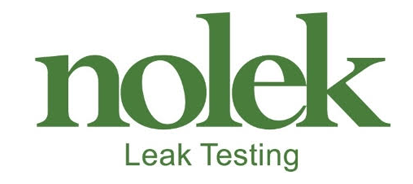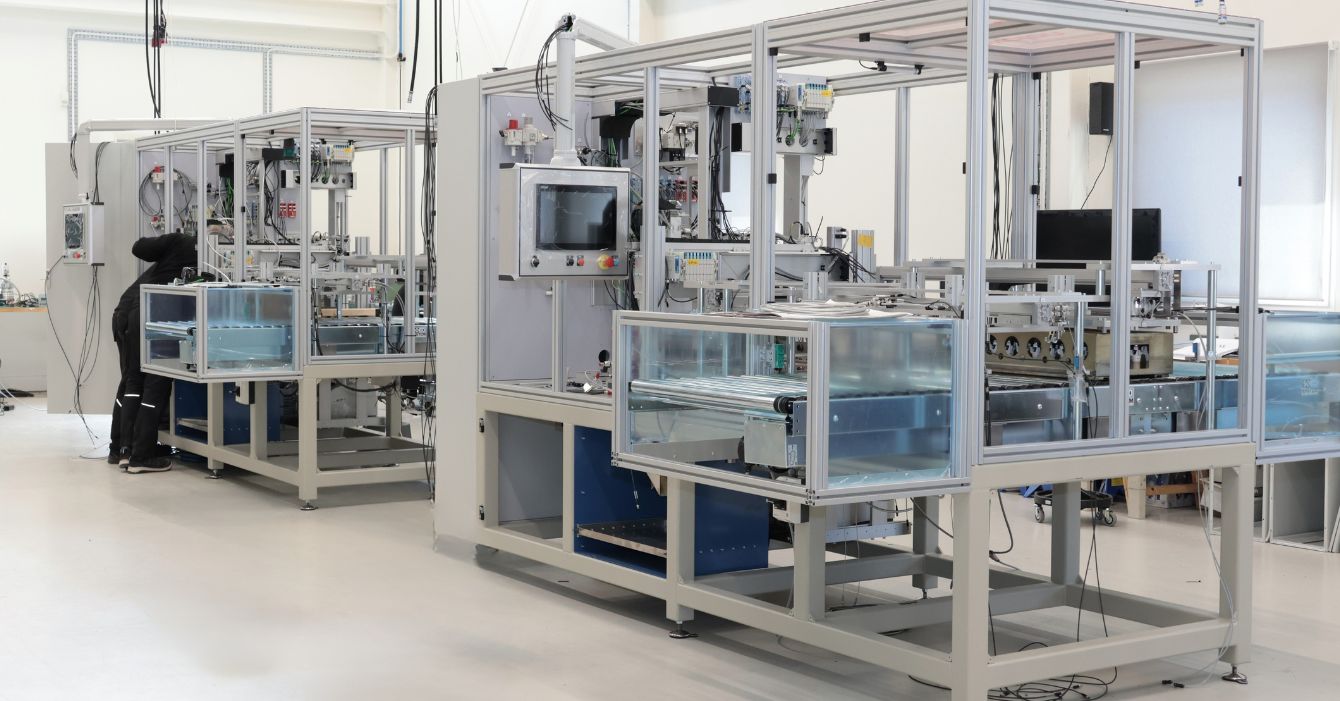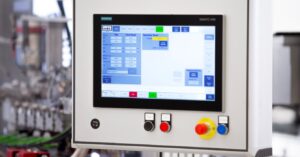For many engineering leads, process managers, and project owners, the technical case for investing in a leak testing system is obvious. But the real challenge begins when that decision reaches procurement. Here, CapEx approvals require more than engineering logic; they demand financial justification, risk reduction, and measurable return on investment.
In this article, we’ll break down how to make that case clearly and convincingly, using insights from Nolek’s customer experiences across a variety of sectors, including MedTech, Pharma, and Electronics.
1. Show the Cost of Doing Nothing
Start by quantifying the risks of inadequate leak testing:
- Product Recalls: A single recall of a medical device or pharmaceutical vial due to compromised sterility can cost millions, both in financial loss and reputational damage.
- Production Downtime: A poorly calibrated test setup can cause false failures, halting lines and wasting valuable units.
- Non-compliance Fines: For regulated industries, failure to comply with standards like ISO 11607, USP <1207>, or EU GMP Annex 1 can result in failed audits, lost certifications, or legal action.
A compelling pitch often begins with: “Here’s what we’re risking today.”
2. Translate Technical Gains into Financial Outcomes
Procurement responds to numbers, specifically those that relate to margin protection, efficiency, and total cost of ownership.
Here’s how to frame the value of a solution like ours:
- Improved First-Pass Yield (FPY): Nolek systems reduce false positives and enable non-destructive testing. Higher FPY = fewer rejected units, shorter cycle times, and lower labour costs.
- Less Rework, More Throughput: With faster, repeatable results, Nolek’s systems allow more units tested per shift, even in high-volume environments like syringe or electronics assembly lines.
- Spare Parts and Service Savings: Standardised service plans and proactive calibration reduce emergency maintenance costs and extend equipment lifespan.
3. Use Case Studies and ROI Models
Nolek has supported global manufacturers across sectors, and real-world results help close the credibility gap.
For example:
- MedTech Manufacturer: After implementing vacuum decay testing, the manufacturer reduced QA-related downtime by 22%, resulting in annual savings of over €250,000.
- Electronics Customer: With tailored chamber designs and system venting optimisation, false positives dropped by 68%, enabling smoother process validation and line certification.
Where possible, supplement these with your own internal figures to demonstrate payback timelines (e.g., system pays for itself in 12–18 months).
4. Leverage Total Cost of Ownership (TCO) Thinking
Many procurement teams focus too narrowly on up-front CapEx. Broaden the lens with a TCO model:
- Upfront CapEx: Yes, a new leak tester is an investment.
- Operational Savings: Lower test cycle times and less rework.
- Regulatory Risk Avoidance: Fewer audit failures, lower compliance costs.
- Resale & Lifecycle Value: Nolek equipment retains value, and service packages extend the usable life.
Present this as a comparative: “Yes, this tester is more expensive than the cheapest on the market, but it will save €XX more over five years.”
5. Engage Procurement Early with the Right Story
The most successful project leads bring procurement into the conversation early and position the investment as part of a larger strategy: compliance, speed-to-market, or production uptime.
Use tools like:
- ROI Calculators
- 2–page Summary Sheets
- Testimonials from internal stakeholders or similar companies
And reinforce this: leak testing isn’t a “nice-to-have”, it’s core infrastructure for high-performance manufacturing.
Final Thought
Leak testing done right doesn’t just tick a compliance box. It protects your margins, accelerates production, and builds confidence across your supply chain.





